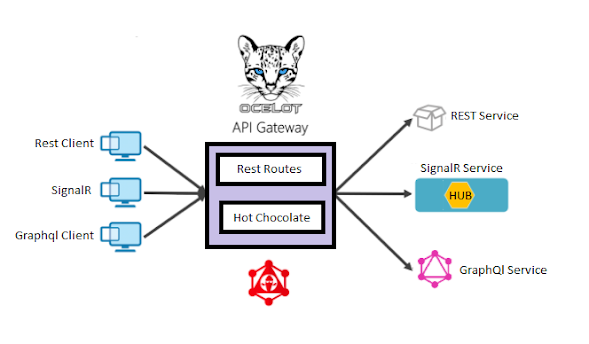API Calls Evolution(Callback vs Promise vs Observables)
Application without API calls is very less in the market. At least they will send the app analytics details to the backend to improve their application feature. Making API calls is simple but it will have a lot of complexities in the implementation. As part of javascript, making API calls is a very critical part in terms of performance. We shouldn't block the thread until we receive the data. The application needs to know when the data is returned. Then its need to execute the data processing. Execute the data processing based on the API response will be simple or complex based on the business logic. Data processing parts have been improved a lot based on the developer pain-points. I have started my developments with callbacks, then promise, and now Observer. In each phase, they have addressed a lot of problems. Callback: Calling the function once a response is received. The response will be success or failure. Based on that function will get executed. This is a simple use case. ...

